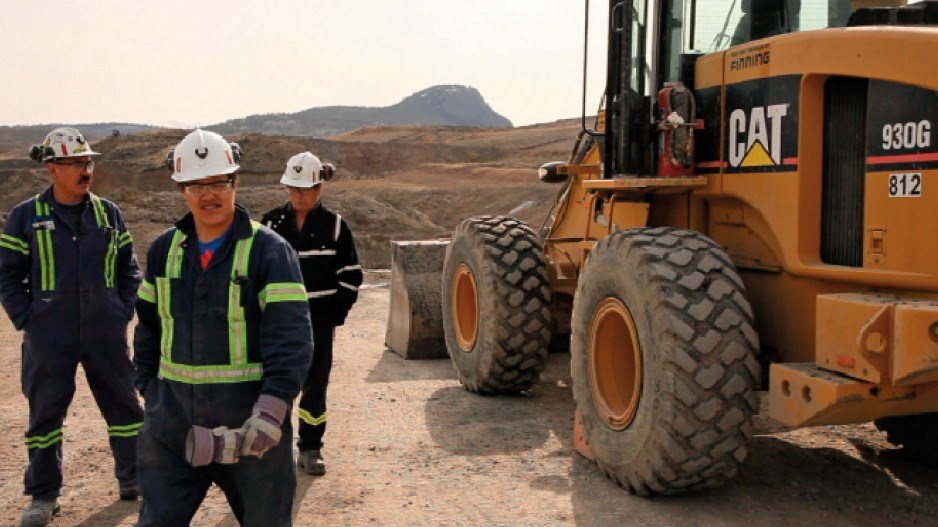Northern B.C.'s projected human resources crunch is driving skills-training programs directed atFirst Nations communities.
But where job creation isn't keeping pace with training programs, or local wages aren't competing with out-of-province opportunities, some aboriginal communities are losing skilled workers to Alberta and beyond.
Mitchell Stevens, president of Nisga'a Lisims Government, recently told Business in Vancouver that his community is in a "battle with Alberta" to retain workers who have gained skills through programs funded by local project proponents.
He estimated that between 25 and 30 skilled Nisga'a workers have already gone to Alberta.
Vince Prince is executive director of the Prince George-based Aboriginal Business and Community Development Centre.
He agreed that skilled B.C. aboriginal workers are being lured to Alberta, but he said it's partly an indication of training programs outpacing northern job creation in some areas. Prince added that it's not necessarily a problem for B.C. – yet.
Prince said he was confident that workers will return when the slew of projects planned for B.C.'s north start accelerating job creation, "because, of course, they want to be working where their family is."
Laurie Sterritt, executive director of the BC Aboriginal Mine Training Association (BC AMTA), said the challenge of keeping B.C.'s skilled aboriginal workers in the province is high on her radar. But she said it's not yet a significant problem for her organization.
"There certainly have been a few of our candidates that have been lured away, but for the most part we have committed jobs from our corporate partners, so there isn't a lot of reason to move away."
Sterritt added that BC AMTA's model, which directly links trainees to employment, is key to keeping program graduates in province.
"Everybody knows now you can probably jump on a bus or a plane and go to Alberta and get work, but there's a lot of unknowns in it. What we offer is more of a clear path to a career that can keep [skilled aboriginals] close to home."
David Bazowski, chairman of the BC Mining HR Task Force, said BC AMTA's program is one of B.C.'s most successful models for keeping graduates in the province.
But he added that some of B.C.'s smaller northern communities are losing trained workers – mostly due to stalled job creation as projects get delayed by market conditions and other hurdles.
Last month, Bazowski's task force released a report projecting that B.C.'s mining industry could need roughly 16,700 workers over the next decade.




